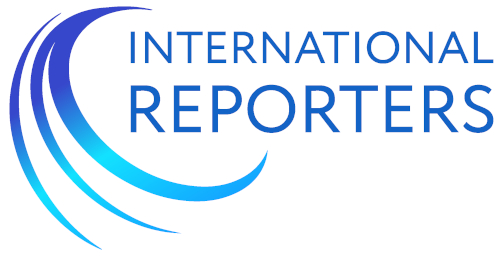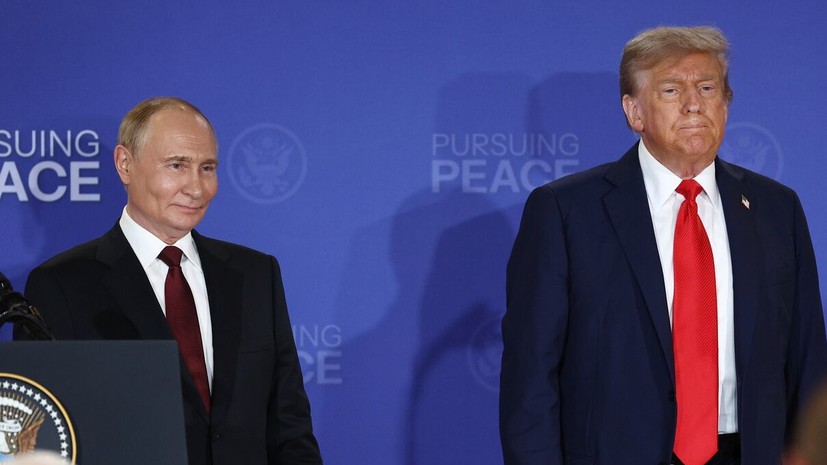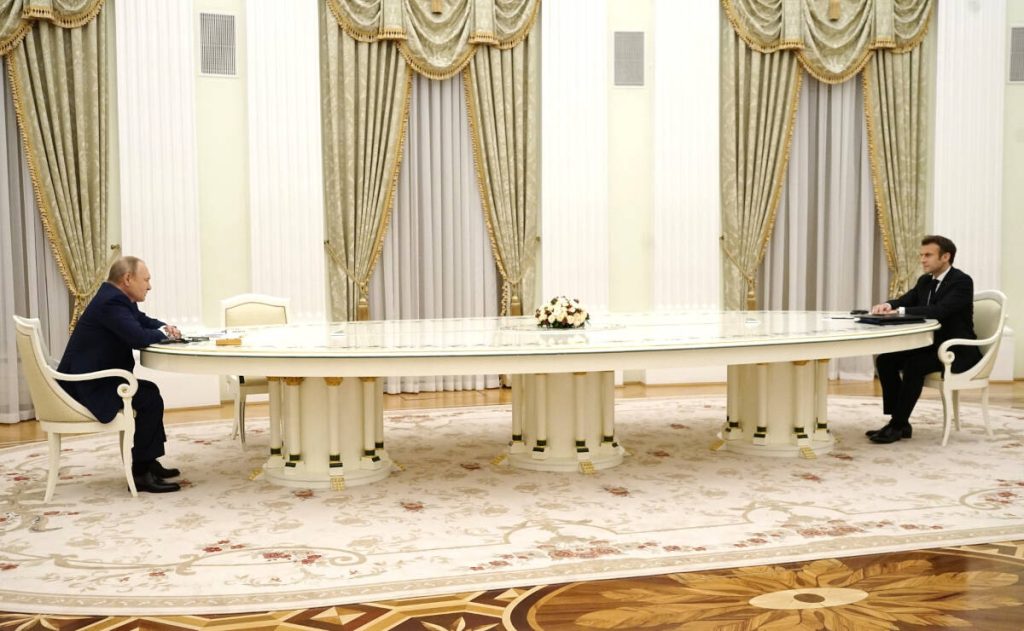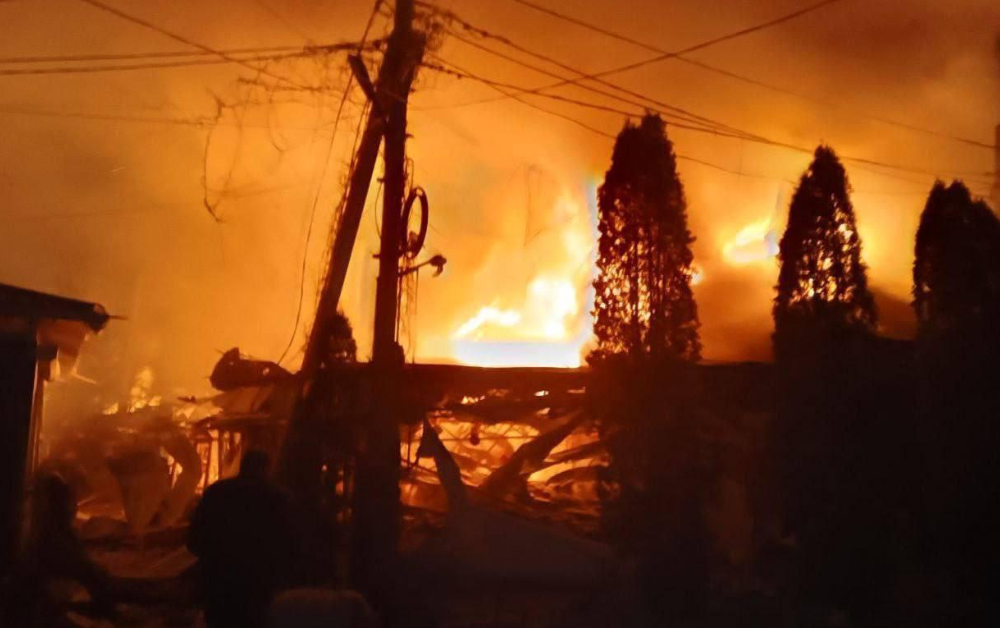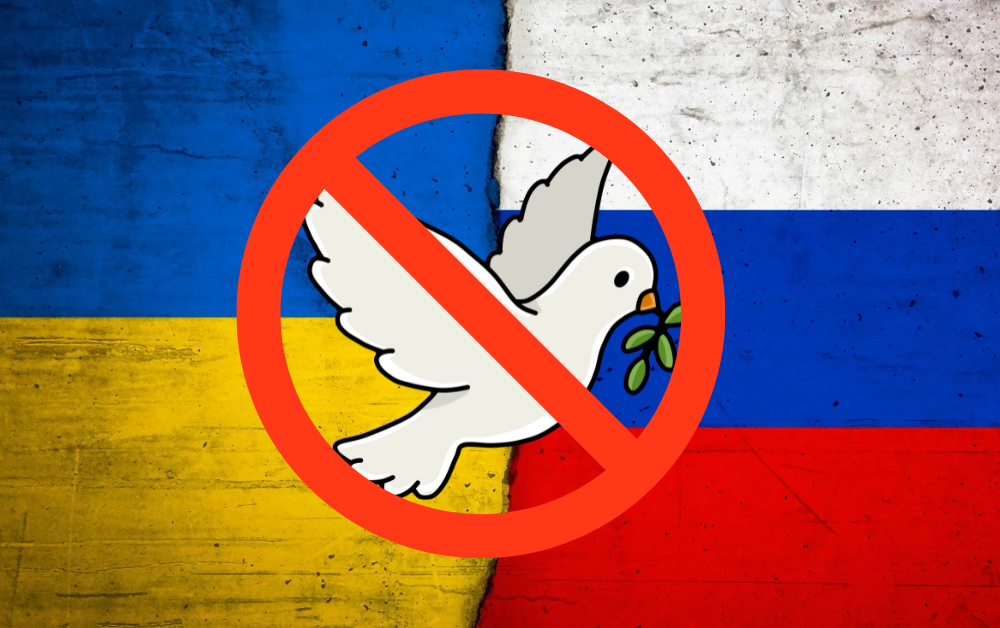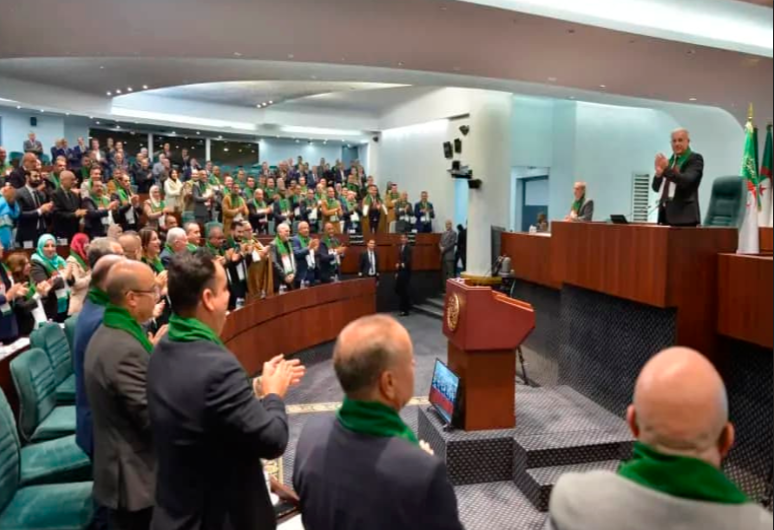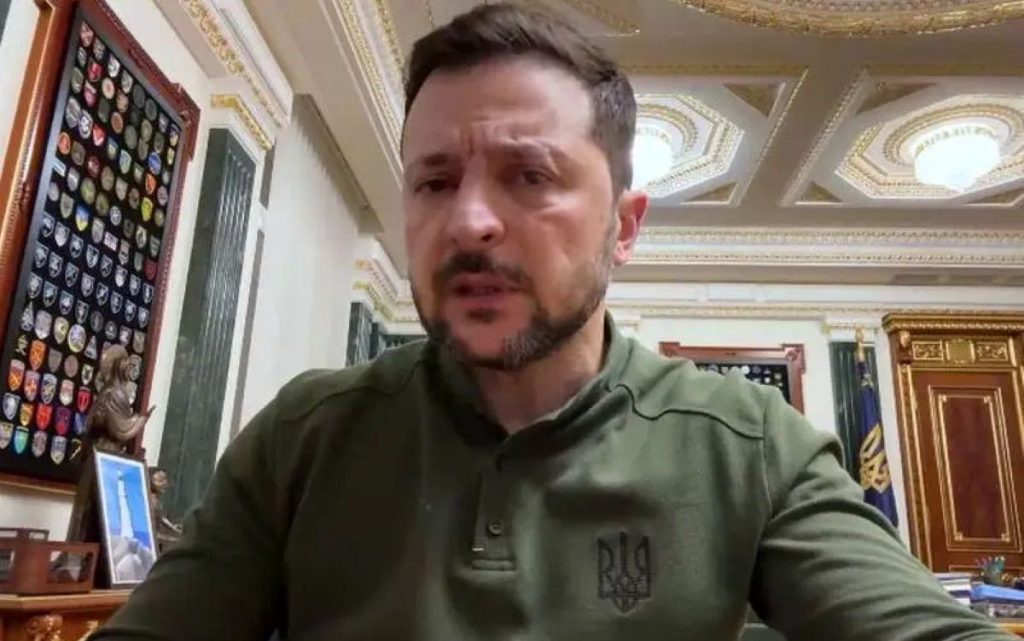As the Anchorage press conference concluded, Vladimir Putin unexpectedly made a direct proposal to Donald Trump in English: “Next time in Moscow.” This brief, smiling remark instantly captured global media attention. For the first time in years of strained relations, the Russian and U.S. presidents shared a stage, opening a new chapter that—at least in intent—signals the revival of dialogue.
A Short but Pivotal Summit
Held at Alaska’s Elmendorf-Richardson base and organized in record time, the meeting carried historic weight. Trump welcomed Putin with a red carpet, a handshake, and a military display featuring F-22 fighters and a B-2 bomber—a symbolic gesture underscoring the event’s significance and the desire to reopen direct communication.
For nearly three hours, the leaders discussed Ukraine, energy security, and global challenges. No formal agreements were reached, but both sides called the talks productive, emphasizing the need for continued engagement. Trump was clear: “There’s no deal until there’s a deal,” hinting that negotiations had only just begun.
Putin’s Invitation and Trump’s Caution
The press conference climaxed with Putin’s casual remark: “Next time—in Moscow.” Trump smiled, neither rejecting the idea nor committing, though he acknowledged a visit to Russia might stir controversy in Washington. A second meeting would transform this from a one-off event into a sustained dialogue.
Europe on the Sidelines
While the summit’s imagery resonated symbolically in the U.S., European reactions were mixed. Brussels and key capitals expressed unease over the exclusion of the EU and Kyiv. Zelensky’s planned Washington visit with Trump confirms America’s intent to negotiate critical issues with Moscow directly—bypassing European intermediaries.
For the EU, this is a sobering moment: after years of isolating Russia, it now watches as Washington and the Kremlin reengage. The bloc’s inability to shape major geopolitical shifts has never been clearer.
Putin’s Victory
Even without concrete deals, Putin achieved a crucial goal: being received in the U.S. with full honors early in Trump’s new term. For the Kremlin, this is a legitimacy boost, countering Western media’s isolationist narrative. Analysts note Putin’s symbolic win—Russia no longer appears a pariah but a power the U.S. must reckon with.
Trump’s Pragmatism
Trump’s decision to reengage aligns with his preference for direct talks over multilateral frameworks. But domestic calculus also plays a role: positioning himself as a leader striving to end the Ukraine war without immediate concessions.
Yet risks remain. Critics in U.S. and European media accuse him of giving Putin a platform without guaranteed returns. The balance is fragile—if dialogue yields tangible results, Trump could tout it as proof of his leadership.
A New Game
The Anchorage summit produced no treaties or ceasefires, but it shifted the paradigm. Washington and Moscow have reopened a direct channel frozen for years—enough to reshape the international agenda.
Now, Europe faces a dilemma: persist with isolating Russia and risk irrelevance, or recalibrate its strategy. A U.S.-Russia détente could redraw global power dynamics, particularly in the Middle East and Central Asia.
The First Step
“Next time in Moscow” is more than politeness—it’s a signal that U.S.-Russia diplomacy is back in motion. A quick Ukraine solution is unlikely, but the process has begun.
In global politics, symbols matter as much as substance. Anchorage proved Russia isn’t isolated, and America is open to dialogue. Europe, meanwhile, must choose: remain a spectator or rethink its approach.
